Opinion. Stellantis’ North American car lineups are going through some rough times right now, with the EPA coming down on them hard for emissions fines, the discontinuation of the V8s, the introduction of EVs, and on top of all of that the slow, painful demise of Chrysler. Stellantis needs to do something to pull themselves back up before it’s too late.
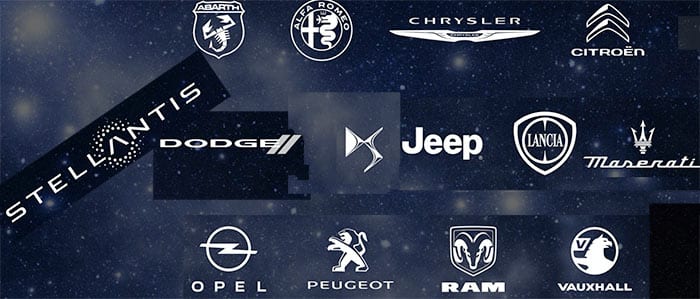
Chrysler, as with the other Mopar brands, used to have an expansive lineup that over the years has dwindled as the auto industry has gone through some rough patches. While we’ve seen some great cars come from the FCA lineup in North America, the truth is that FCA hasn’t really recovered since the Daimler days. Sure, we’ve had the resurrection of the muscle car and some insane powertrains and lots of fun, but Chrysler and Dodge aren’t as solid as they needs to be, and the end of this wonderful tire smoke show is starting to reveal just that.
Chrysler is the marque that’s in the biggest trouble right now. The two-car brand that used to be a near-luxury marque is losing its only luxury car, which hasn’t had any real updates to its styling or powertrain since the eight-speed joined up with the V6 a decade ago. That’s beyond being long in the tooth, it’s gotten to the point the tooth has fallen out. The loss of the 300 leaves the Chrysler lineup with America’s only domestic minivan; one of the three remaining minivans sold in North America. Meanwhile, Jeep has more genuine luxury vehicles in its lineup than the brand that is supposed to be a luxury brand. At that point, a company must ask itself whether there is a reason for its existence. The answer does not look to promising for the once fabled brand.
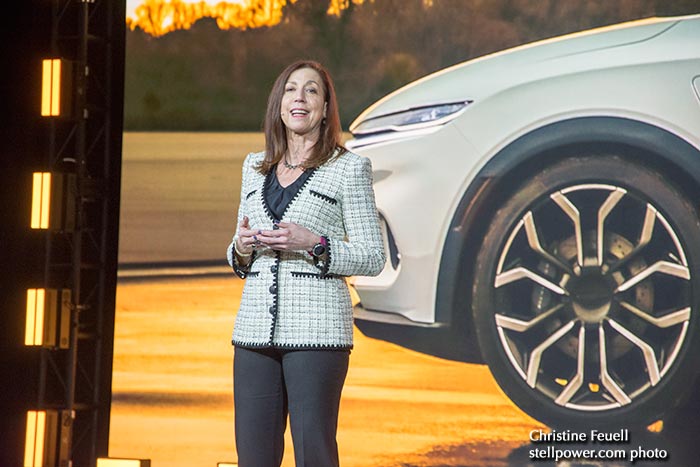
The answer to this problem is simple—Dodge. As it stands, five of the marques that make up Mopar (Stellantis North America officially) can really be shrunk down to just Dodge and Jeep.
Jeep has spread all over the market trying to carry the entire Mopar world, aside from Charger and Challenger, with vehicles from subcompact crossovers to the huge, luxurious Grand Wagoneers. Ram is being awesome in its corner, by itself with the Ram 1500 pickup lineup and the Ram HD trucks, and then we have the big bad Dodge with its Hellcat powered muscle cars. Though that party is ending, they’re still awesome vehicles in every sense of the word, and the Hurricane promises to keep blue tire smoke puffing along the drag ways. (Alfa Romeo could be subsumed by Fiat, Dodge, and Maserati in North America, and few would notice.) By taking all the brands and shifting to two that could equally share the load, it not only simplifies things but could potentially make the brands more profitable.
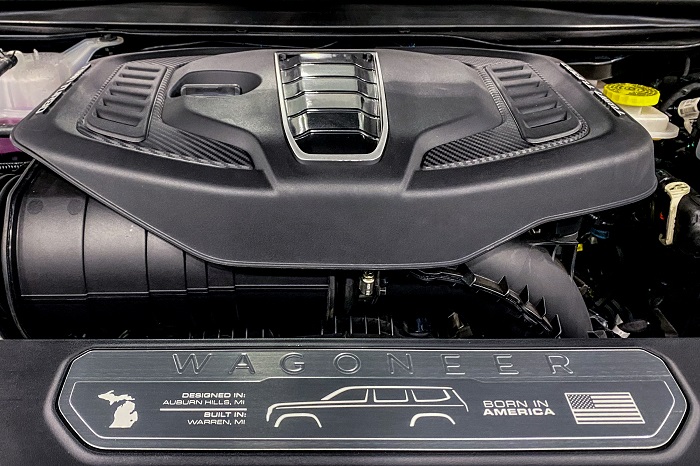
Take Jeep—there are entirely too many faux-Jeep vehicles in this lineup. A Jeep should be off-road capable first and foremost but can also be luxurious. Jeep has ended up in three families, the Wrangler family, the Wagoneer family, and the rest. The Wrangler family includes the Recon, Wrangler, and Gladiator pickup—the first on STLA Large, the others moving to Frame. The 4xe could be the sole hybrid powertrain for the entire Wrangler family lineup, with full BEV options. For general production, the 375hp / 470lb-ft 4xe should be plenty. One could argue for an XJ Cherokee replacement if the Recon wasn’t already in the plan.
On the far end is the Wagoneer and Grand Wagoneer; we propose a Wagoneer Sport as well, using cues and styling from the Wagoneer S concept blended into the current Grand Cherokee to replace that vehicle. This would start with the 4xe powertrain and move up with the Hurricane 6, topping off with all-EV (800V Banshee). The Wagoneer and Grand Wagoneer would continue on their path. You now have a Jeep lineup that makes way more sense than what is currently out there—dropping out the odd leftovers (Compass and Renegade).
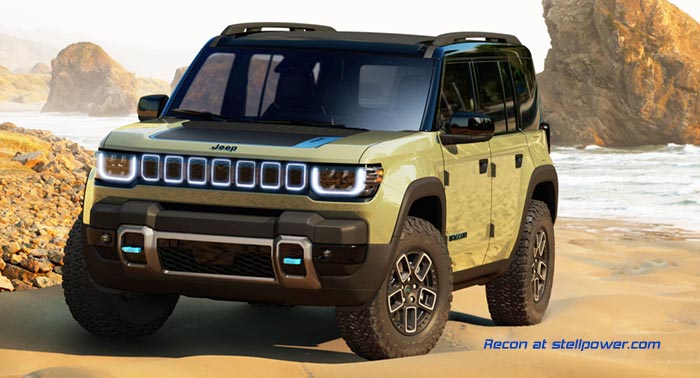
Dodge, a marque for the masses, should be marketed and priced accordingly. The everyday hero cars of Mopar need to go back to being just that. Covering three of the new Stellantis platforms (Medium, Large, and Frame), Dodge could bring Stellantis astronomically huge profits for decades to come. An electric ProMaster is on the way, and that handles one part of Fleet; another would be handled by 1500 EV work trucks with standard all wheel drive, to work tirelessly all day. (This assumes that Ram would simply move back to Dodge, which would put Dodge back onto the sales map.)
Unlike Jeep, which could be broken down into two distinct families of vehicles, Dodge needs to be expanded. STLA Medium could provide replacements for the Jeep Renegade, Compass, and Cherokee. The Dodge Hornet is a nice start, albeit on the older Compass platform; some would argue for a sedan or hatchback version with a high-power GLH variant to rival the Civic Type R, Corolla GR, and such. After all, the Kia Stinger GT bested the 5.0L Mustang a few years ago with a V6 twin turbo that made slightly less horsepower than we could get from the Hornet’s PHEV powertrain; the 577hp Kia EV6-GT outpaced the 807hp Black Ghost Challenger despite a major difference in power, suggesting a 385hp mid-size EV to best the Mustang GT Darkhorse at lower cost. That could be the return of the Dart Demon 340 from the early 70s. A Dodge Rampage “Lifestyle” vehicle (mini-truck) to rival the Maverick and Santa Cruz would complete the Medium lineup of Dodge and drive sales up.
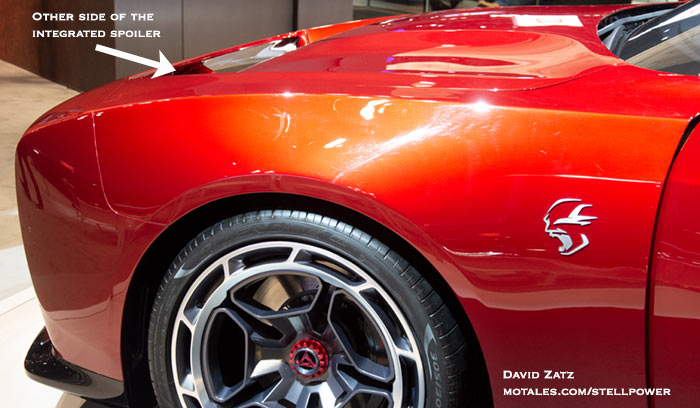
STLA Large would cover the muscle cars, SUVs, and three other vehicle classes that Dodge has not competed in for quite some time—a luxury vehicle, a mid-size truck, and a minivan. Certain cars have names that make them perfect for electrification—Buick Electra, for example; Dodge has the Polara, which is close enough to the word “polarity” to make sense. A Polara 500 (500 Kw or 670 hp) version could go up against the BMW 7-series, with an optional 800V Polara-880 (880Kw or 1,180hp). Polara 880 Custom trim makes sense as an EV Muscle car that would compete more with the Lucid Air Sapphire than a Tesla Plaid and can either be as loud as possible because its a Dodge luxury muscle car or quiet at the customer’s choice.
The other market would be the minivan, which Plymouth and Dodge started with the 1984 Caravan and Voyager; this could be put together with the Street Vans of the ’70s, letting customers “Jailbreak” their minivan with the options of a 375hp 4Xe powertrain, a Hurricane-6 Standard Output 420hp powertrain, and even two EV variants to make the next-gen Caravan the “Charger of Minivans.”
The last new market would be the return of the Dakota pickup truck to compete in the midsize truck market. There would still be the Charger, in two-door and four-door versions á la BMW 8; a Charger Daytona EV as announced; and a smaller Challenger to use its low weight to enhance performance on the track. Keep the Durango, though now on STLA Large, and let it continue being the “Charger of SUVs.” Add Jailbreak options and Direct Connection stage kits, and you’ve got a bunch of winners for the everyday class people.
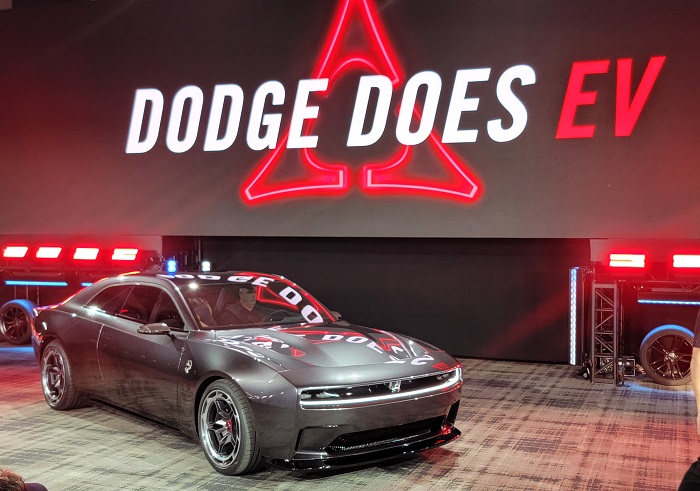
Finally, Dodge needs an full size SUV for the masses—the Ramcharger, and yes, it should be 100% Ram truck and 100% Dodge Charger, all wrapped into one glorious full size affordable SUV. Where the Wagoneer-class Jeeps can tackle the Escalade and Denali SUVs of the world, this would more take on the Tahoe/Suburban and Expedition. All Hurricane engines with hybrid and full BEV variants, the same as the Ram 1500. The High Output Hurricane Hybrid needs to be put into this lineup as a halo trim for both full size street and full size off road vehicles.
This approach would make the lineups clearer and give serious purpose to each brand; Jeep would go back to its twin personalities of the 1960s, while Dodge would return to the full line common from the 1960s to the very start of Fiat. Jeep would end up with six vehicles and Dodge with eleven, including Rams but not the DCL (Dodge Commercial Lineup). They would keep the Dodge high-horsepower theme going into the next generation of vehicles. If done well, they could dominate the market in image if not in actual sales.
